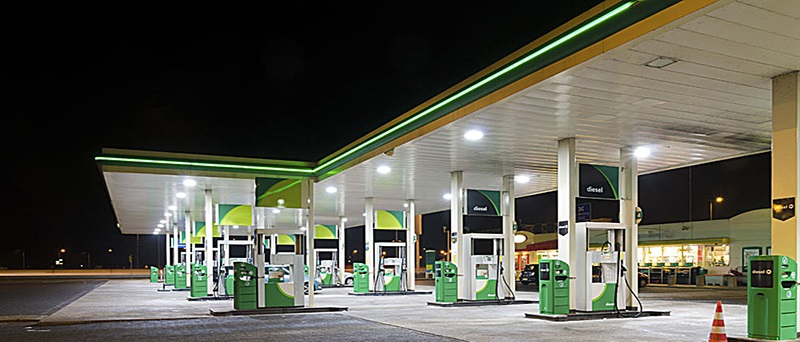Energy Efficient High Bay Lights & Metal Halide Lights Comparison

led lighting
Efficient High Bay Lights is very welcome by enterprise users in past years. When changing out your lighting fixtures, there are many options available and it can become overwhelming. Many people want to change from fluorescent to something a little bit more powerful. With their improved efficiency over metal halide lighting fixtures, fluorescents are a solid choice. People often choose their lighting based on the size of the fixture, and for this metal halide would be the obvious choice, but don’t let the size of an energy-efficient fluorescent high bay fool you. Let’s take a look at a few of the differences between metal halide lights and energy-efficient high bay lights.
One of the main differences between metal halide lights and energy-efficient high bay lights is the output. Metal halides offer a reliable output, but the staying power isn’t as effective as with fluorescents. Fluorescents use fewer watts to create lumens of light. With metal halides, it will be an average of 400 watts being pulled to create the lumen output specified whereas a T5 fluorescent fixture may operate at around 32 watts per bulb and offer 3000 lumens as their output.
It is also important to consider that metal halides have a faster depreciation rate than your standard fluorescents. For instance, a depreciated metal halide, which is usually achieved within three years of regular use, will offer the same output as your standard T5 fluorescent in an energy-efficient high bay model, and the fluorescents with a four-lamp design will not depreciate over time at the same accelerated rate. This factor alone is why many people are switching over to energy-efficient high bay solutions.
The other thing to remember in this area is that there is a difference between the T5 and T8 when dealing with high bay applications. The T8 is thicker and longer which will yield a better light spread for a low bay ceiling whereas the T5 is thinner which will make it ideal for higher ceilings without much loss of light spread. Of course, the amount of spread will also depend on the reflectors in the fixture.


